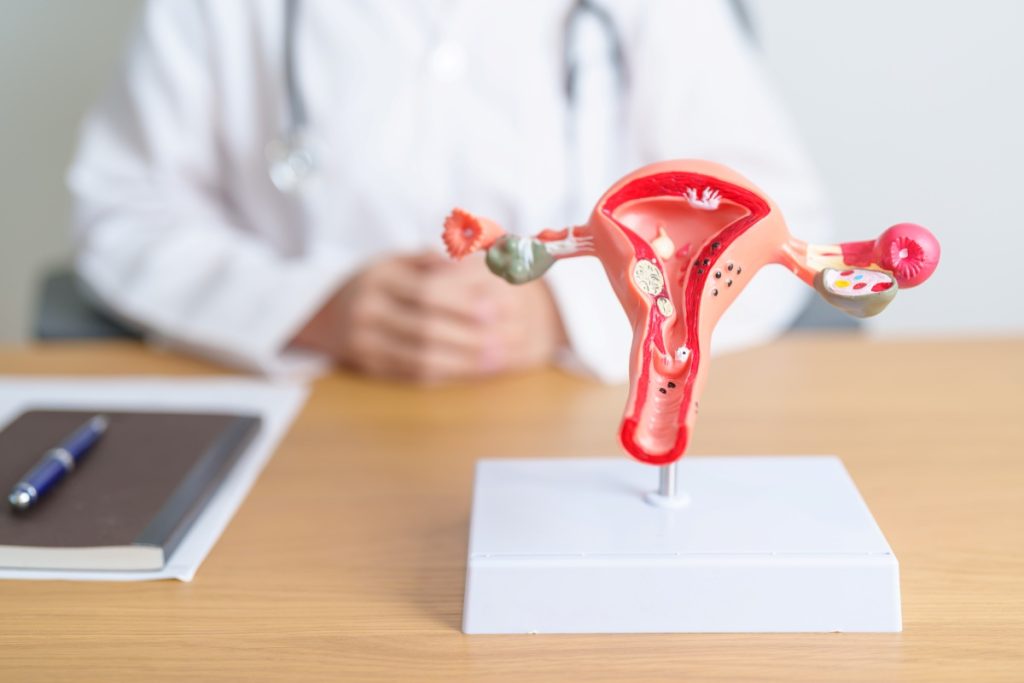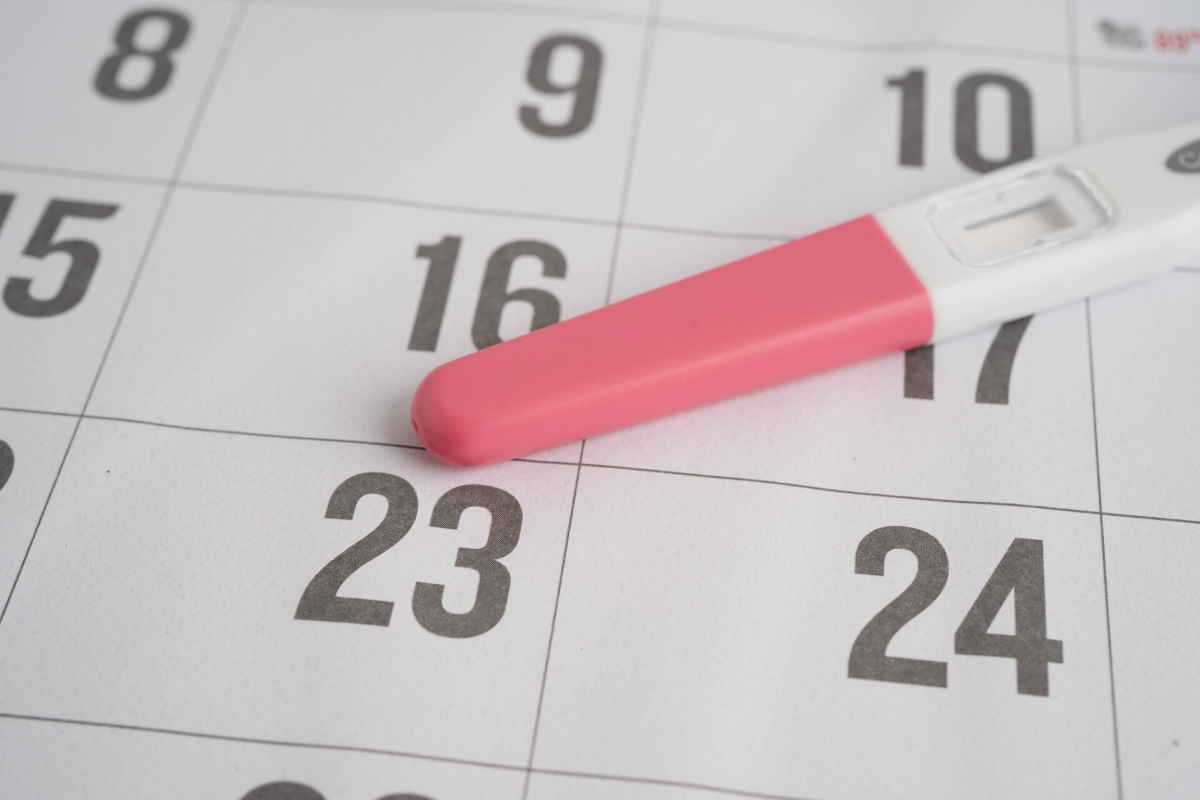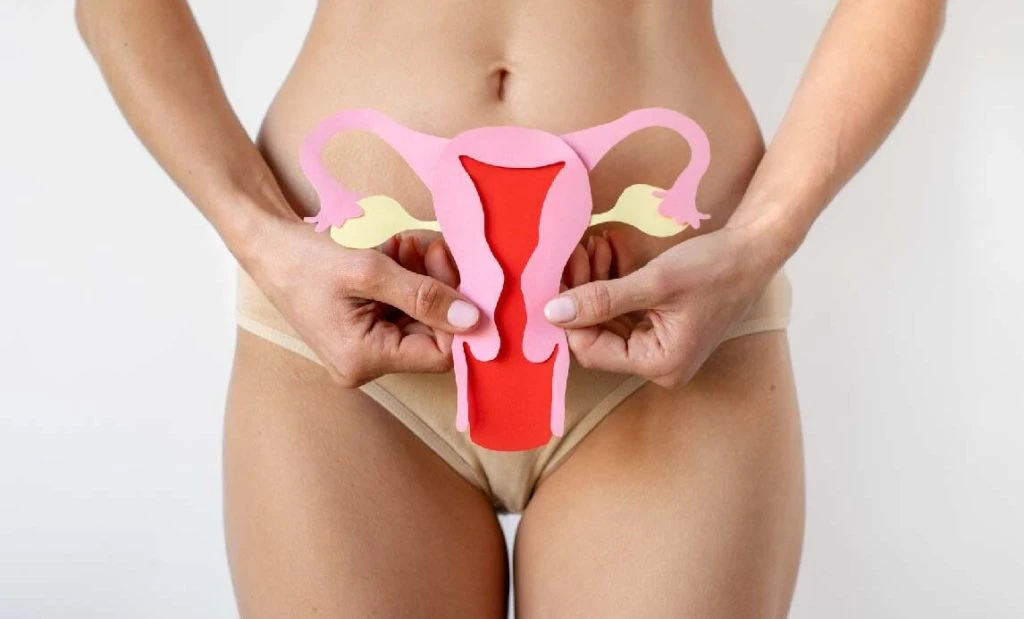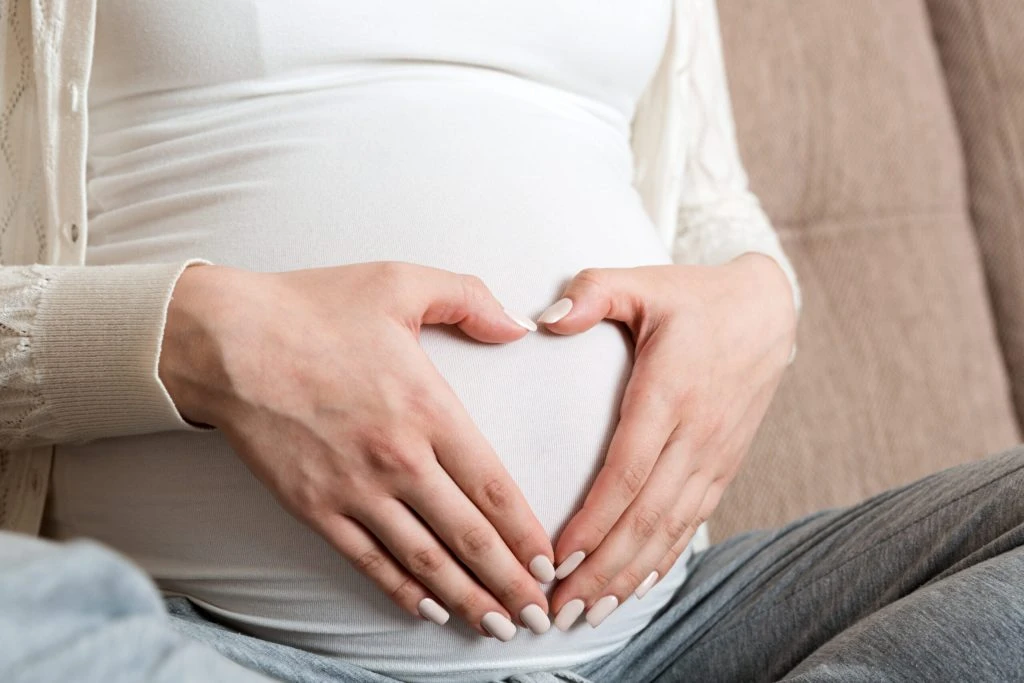Understanding your body’s ovulation symptoms can feel like learning a completely new language, one that your reproductive system has been speaking quietly all along while you weren’t necessarily listening. The truth is, most of us go through years of menstrual cycles without paying much attention to the subtle (and sometimes not-so-subtle) changes that happen around ovulation, but once you start noticing these patterns, they become remarkably clear.
Recognizing symptoms of ovulation isn’t just helpful for those trying to conceive; it’s also valuable for anyone who wants to understand their body better, track their general health, or even predict when their next period might arrive. Your body provides a surprisingly detailed roadmap if you know what to look for.
The Classic Ovulation Pain (Mittelschmerz)
Perhaps the most well-known ovulation symptom is that distinctive cramping or sharp pain that occurs on one side of your lower abdomen, typically about two weeks before your period. This pain, called mittelschmerz (literally “middle pain” in German), happens when the ovary releases an egg.
The sensation can vary dramatically from person to person and even from month to month in the same individual. Some women experience a quick, sharp twinge that lasts only a few minutes, while others might feel a dull ache that persists for several hours or even a day or two. The pain usually alternates sides depending on which ovary is releasing an egg that cycle, though it’s not always perfectly predictable.
Not everyone experiences mittelschmerz, and that’s completely normal. The absence of this pain doesn’t mean you’re not ovulating; it simply means your body expresses ovulation differently.
Changes in Cervical Mucus
One of the most reliable indicators of approaching ovulation is the change in cervical mucus, though it’s possibly the symptom many women feel least comfortable observing. Throughout your cycle, the consistency, amount, and appearance of cervical discharge changes in response to fluctuating hormone levels.
In the days leading up to ovulation, estrogen levels rise, causing cervical mucus to become more abundant and change in texture. It typically progresses from being thick and sticky (or sometimes absent) to becoming increasingly clear, slippery, and stretchy – often compared to raw egg whites. This fertile-quality mucus helps sperm travel through the cervix more easily.
After ovulation occurs, progesterone takes over, and the mucus typically becomes thicker and cloudier again, or might decrease significantly. Learning to recognise these patterns gives you insight into what ovulation looks like in a normal cycle for you, and helps you better understand your body’s unique rhythm.
Breast Tenderness and Sensitivity
Many women notice their breasts become more sensitive or tender around ovulation time, though this symptom can be easy to miss since breast changes also occur before menstruation. The key difference is timing: ovulation-related breast tenderness typically occurs mid-cycle, while pre-menstrual breast symptoms usually develop in the week or so before your period.
The sensitivity might be subtle – perhaps you notice it when putting on a bra or during exercise – or it could be more pronounced. Some women also notice their breasts feel fuller or slightly larger around ovulation, though this change is usually temporary.
A Slight Increase in Basal Body Temperature
Your basal body temperature (BBT) – your temperature when you first wake up before getting out of bed – follows a predictable pattern throughout your menstrual cycle. Before ovulation, your BBT is typically lower, but after the egg is released, progesterone causes your temperature to rise by about 0.5 to 1 degree Fahrenheit.
This temperature shift occurs after ovulation has already happened, so it’s more useful for confirming that ovulation occurred rather than predicting when it will happen. However, tracking your BBT over several months can help you identify patterns and better understand your cycle timing.
To get accurate readings, you need to take your temperature at the same time every morning before getting up, talking, or even drinking water. It requires consistency and can be affected by factors like illness, alcohol consumption, or poor sleep.
Increased Libido
It makes perfect biological sense that many women experience a boost in sexual desire around ovulation – after all, this is when conception is most likely to occur. The surge in estrogen that precedes ovulation often coincides with increased interest in sex and heightened sensitivity.
This isn’t true for everyone, and various factors including stress, medications, and relationship dynamics can influence libido. But if you notice a pattern of increased sexual desire that occurs roughly mid-cycle, it could be your body’s way of signaling ovulation.
Changes in Cervical Position

The cervix – the lower part of the uterus that extends into the vagina – also changes position and texture throughout your menstrual cycle. Around ovulation, the cervix typically becomes softer, higher, and more open to facilitate sperm passage.
Checking cervical position requires inserting a clean finger into the vagina to feel the cervix. During non-fertile times, it usually feels firm (like the tip of your nose) and sits lower in the vaginal canal. As ovulation approaches, it becomes softer (more like your lips) and rises higher.
This method takes practice to master and isn’t comfortable for everyone, but some women find it a useful additional data point when tracking their cycles.
Mild Bloating or Abdominal Fullness
Some women notice mild bloating or a sense of fullness in their lower abdomen around ovulation time. This can be related to the hormonal changes occurring in your body or could be connected to the actual process of the ovary releasing an egg.
The bloating associated with ovulation is typically less severe than what many women experience before their period and tends to be more focused in the lower abdomen rather than throughout the entire midsection.
Changes in Energy and Mood
The hormonal fluctuations around ovulation can affect energy levels and mood in subtle but noticeable ways. Many women report feeling more energetic, confident, or socially outgoing around ovulation, possibly due to the estrogen surge that precedes it.
You might notice you feel more motivated to exercise, more interested in social activities, or simply more optimistic about life in general. These changes can be quite subtle, so they’re easier to spot once you’ve been tracking your cycles for a few months and can identify patterns.
Putting It All Together
Remember that not every woman experiences all of these symptoms, and the same woman might not experience the same symptoms every cycle. Your body’s signals might be different from your friend’s or even different from your own patterns in previous months, and that’s perfectly normal.
The key is learning to recognise your own patterns rather than expecting textbook symptoms. Some women have very obvious ovulation signs, while others have subtle changes that become apparent only with careful observation over time.
Ultimately, tracking ovulation symptoms isn’t just about fertility; it’s about developing a deeper understanding of your body’s natural rhythms and feeling more connected to your reproductive health throughout your entire cycle.
And if you’re interested in hiring an OBGYN to help you both before, during and after your fertility journey, we at GG Healthcare are here to help; you can call us on 020 4540 3540 or view our full obstetric services offered here.








